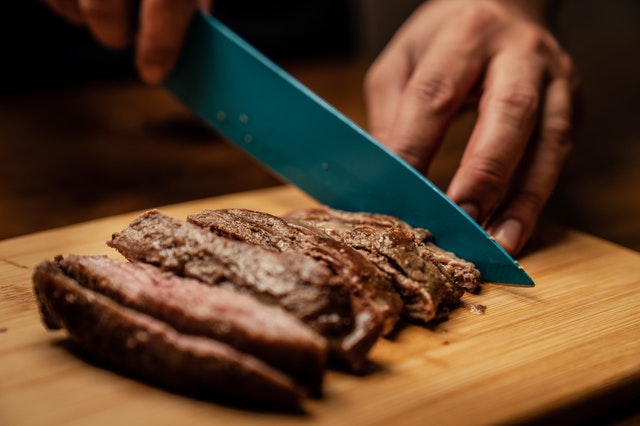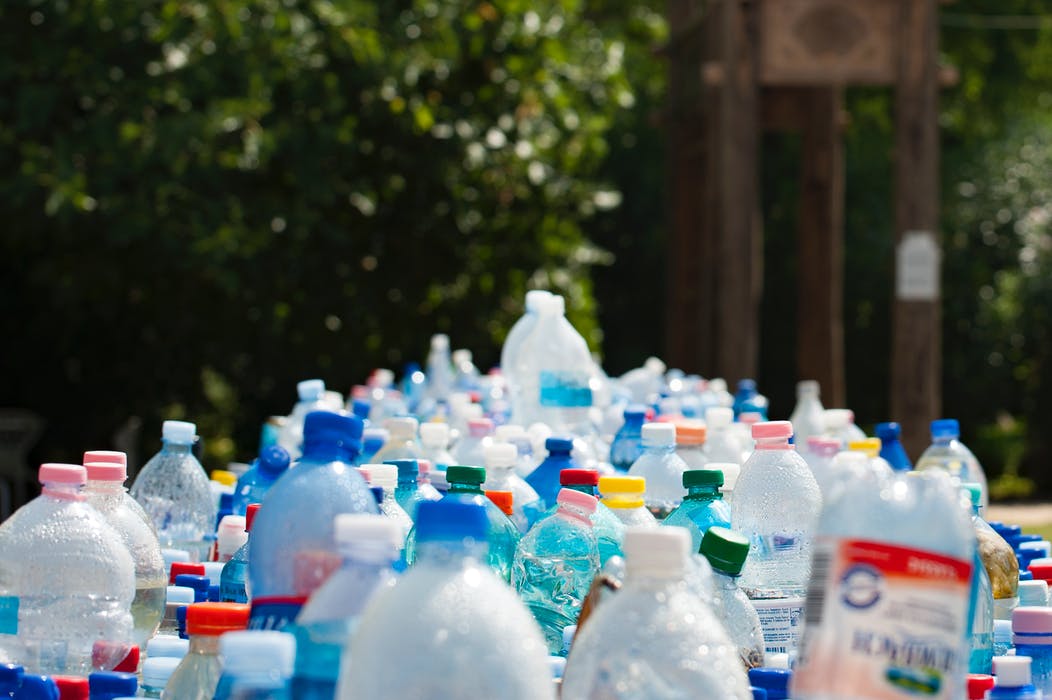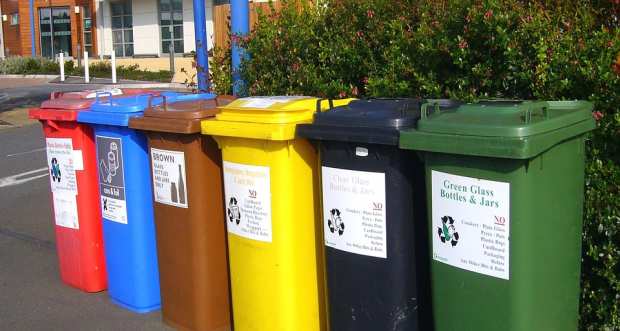

Eating meat is practically a national sport in America. According to the most recent data (from 2013), the United States ranks third among the most consumed products. With an average daily meat consumption of 315 grams, it is second only to China and Australia.
Considering this, cases of meat contamination are also a serious concern. In 2019, the Centers for Disease Control and Prevention (CDC) counted more than 600,000 cases of Americans who became sick from bacterial infections caused by Salmonella and Campylobacter.
Those cooking with meat should be aware of the risks and take all necessary precautions to do so in a safe manner. Here are some recommendations on avoiding contamination in the food you serve to your family or friends.
Contents
Raw Meat Handling Mistakes
Meat is such a constant presence on the table of Americans that many people neglect the excellent practices of preparing the product. Let’s take a look at some common mistakes that can lead to the spread of bacteria.
Meat Cross-contamination
Cross-contamination happens when you unknowingly handle a contaminated piece of meat and the bacteria spreads to other foods because you disregard basic hygiene precautions.
This can happen when using the same cutting board or kitchen tools without washing them or when storing meat and other animal products all together in the refrigerator.
Thawing Meat on Kitchen Counter
Ideally, you need to let the meat defrost naturally by moving it from the freezer to the refrigerator for some hours. But many people forget to take the meat out of the freezer before lunch or dinner and try to speed up the process by leaving it on the kitchen counter.
Doing this can be practical, but it’s not safe. It can accelerate the proliferation of bacteria in the meat before it is frozen or even cause contamination with bacteria on the kitchen counter.
Undercooking Meat
A rare, bloody stake can be delicious. But be aware: not all types of meat are suitable for the undercooking process. Dangerous bacteria such as Salmonella and Escherichia coli easily survive in meat served almost raw and may even lead to parasitic infections.
This is why dishes such as steak tartare must be prepared with great care, and pork meat cannot be served undercooked.
Believing That Cooking Will Eliminate Any Bacteria
There is a popular belief that the condition of the meat doesn’t really matter because all “bad things” will be eliminated during the cooking process. This is almost like playing Russian roulette.
Generally, most of the germs and bacteria can be killed when you cook meat using a temperature of at least 145 to 150 degrees fahrenheit. But some threats might still be left behind. Spores of certain pathogenic bacteria (like clostridium perfringens, which causes abdominal pain and diarrhea) can survive boiling at normal temperatures for up to an hour.
Avoiding Contamination
Once you’ve identified the mistakes you usually make when preparing meat, start adopting these practices to reduce the chances of contamination:
- Always wash your hands and all surfaces with soap and hot water throughout the cooking process and after handling raw meat.
- Separate raw meat from other foods in the refrigerator and kitchen counter during preparation.
- Before storing meat in the refrigerator, separate it in sealed plastic bags to prevent the juices from making contact with other foods.
- Do not reuse any cooking tools or cutting boards without cleaning the pieces that have made contact with raw meat.
- Do not use sponges for dishwashing rags to clean cooking tools that directly contact meat; if you do, don’t reuse these materials before washing.
- Do not reuse cooking ingredients like oil or sault that have been used with raw meat. Discard them or adopt used cooking oil recycling.
- Replace cutting boards that are too old with hard-to-clean cuts that accumulate dirt and bacteria.
- Never place cooked food in the same unwashed dish where there was raw meat previously.
It’s Not Enough To Be Tasty
Some people can’t live without eating a succulent piece of meat served just rare or medium-rare. And there’s nothing wrong with that.
But persistent carnivores are already subject to several health problems (such as bad cholesterol or heart diseases) to risk eating contaminated meat.
Fortunately, you don’t have to give up your eating habits. Infections by bacteria can be avoided by adopting strict hygiene practices when handling and cooking meat. After all, food taste and food safety must always go hand in hand.



